I saw this question addressing testing USB 2, but I was wondering what the most cost effective way to test USB 3.0 superspeed was. Obviously the frequencies are far higher (multiple GHz), so the test equipment gets more expensive. The Infiniium 90000A is one that people use, but it's >$40k. Are there any cheaper options or methods?
2 Answers
BeB00, unfortunately you are sorely mistaken underestimating the challenge. The USB 3.0 eye qualification requires at least a 6 GHz scope, which will bring you into ~$75k area.
More, if you mean a wider USB 3.0 qualification, the price tag is substantially higher. To begin, you will need a set of RF-grade test fixtures, which will run into additional $15-$20K. You will need a special signal generator (~$100K) to test LFPS signaling, BERT system (~$150K), protocol analyzer (another $25k), and a set of certified (USB-IF approved) devices. Last time I recall the bill was approaching $0.5M mark.
ADDITION: To evaluate USB 3.0 signals (eye diagram), you must have a qualified oscilloscope with DSP capabilities and corresponding software installed. Old direct methods don't work because the signal eye is typically closed at the far end of transmission link, sometimes completely, as this Teledyne/LeCroy article illustrates on PCIe example:
and the receiving device (scope in this case) must use CTLE to open it, which implies a continuous sequential sampling of signals.
- 38,845
- 3
- 38
- 103
-
This sounds silly and very believable. – Harry Svensson Oct 04 '18 at 19:10
-
I did just mean the eye qualification. I'm not sure which part was "sorely mistaken"... – BeB00 Oct 04 '18 at 19:24
-
@BeB00, <$40k, no? And you still need the SMA-grade test fixtures... – Ale..chenski Oct 04 '18 at 19:30
-
2@Ale..chenski I said >$40k, which is different to <$40k – BeB00 Oct 04 '18 at 19:36
-
@BeB00, unless formal logic evades me, if you say that something is too expensive (>$40K), then you must be looking for a solution under $40K? Right? – Ale..chenski Oct 04 '18 at 19:44
-
1@Ale..chenski that is indeed the case, however I still fail to see the mistake. I never stated that cheaper options were available, I was simply asking if they were available. – BeB00 Oct 04 '18 at 19:58
-
Well that would be the modern way to do it.... However, there is another way to produce a perfectly good eye diagram: Equivalent time sampling, old school but if you are careful with it you can absolutely capture a perfectly good eye at these rates. The rest of the testing is harder, but an eye, especially if you are using a generator that can put out a trigger pulse? Easy stuff for a decent RF hobbyist lab. Test connectors and Protocol level analysis, there be expense, but physical layer, meh, old Tek and a well stuffed MMS 70k system, job done. – Dan Mills Oct 04 '18 at 20:04
-
@DanMills, you can't do eye diagram for modern signals on sampling scopes. Modern signals are a mess, the scope needs to apply CTLE (Continuous Time Linear Equilization) algorithm to get any reasonable eye, and also de-embed all cable interconnects, which can be done only with continuous sampling. – Ale..chenski Oct 04 '18 at 23:51
-
@Ale..chenski If you apply CTLE then you are not looking at the eye as it appears on the wire, which is generally rather the point. As to the deembedding, VNA in TDR mode, measure, FFT, do sums, for this was GPIB invented. – Dan Mills Oct 05 '18 at 09:03
-
@DanMills, the eye on 2-3 ft. USB 3.0 wires is **completely closed** without CTLE. Apparently you never seen a real USB 3.0 signal, so you should trust me. – Ale..chenski Oct 05 '18 at 15:57
-
@Ale..chenski Fair enough, every days a school day. I was going on my experience with modern SDI (12G, so comparable line rates) which has a perfectly respectable eye over a few metres of cable even before you hit the equaliser (But it does use rather better specified connectors). – Dan Mills Oct 06 '18 at 10:50
I was wondering what the most cost effective way to test USB 3.0 superspeed was
Go to a lab with the right equipment and people who knows how to use it. Have them measure your device, pay what they ask, then go home and implement their suggestions.
Perhaps not what you actually ask for, but likely the only alternative for someone who has to ask the price...
- 13,748
- 5
- 42
- 72
-
-
But if you have multitude devices in the production pipeline, and have a dozen of customers to support, then having your own pre-certification equipment and learning all protocols and keeping up with evolving test requirements is a must. – Ale..chenski Oct 06 '18 at 00:46
